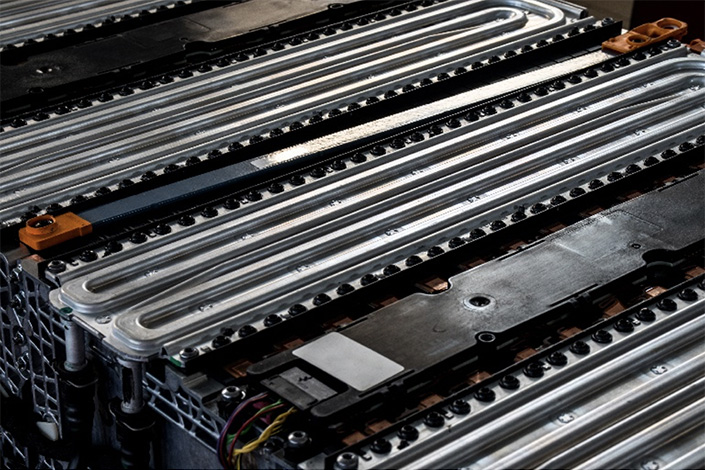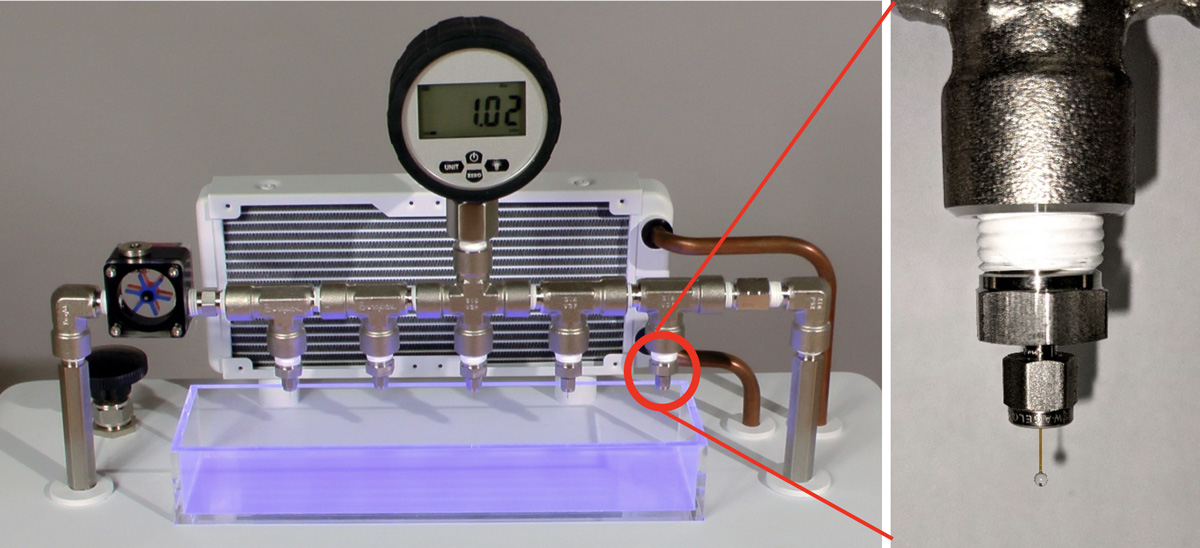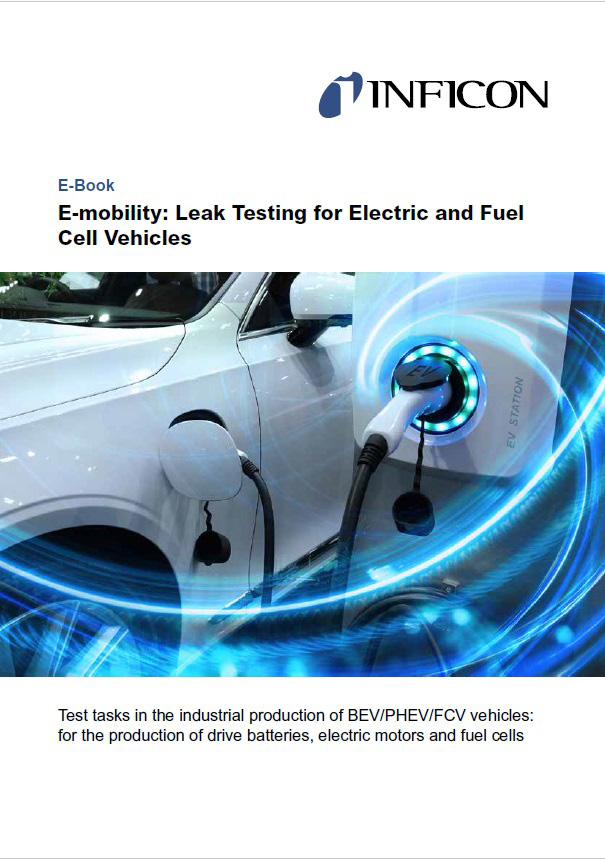Leak Testing of Water-glycol Cooling Circuits

Water cooling has been widely used in the automotive industry for years. While in the past water cooling was mainly used for removing excessive heat from a combustion engine, water cooling is commonly used today also in new electric and fuel cell drive trains:
- Thermal management of battery packs in EVs
- Thermal management of fuel cell stacks in FCVs
- Cooling of high voltage electronics
- Cooling of electric motors
In the case of leakage in the cooling circuit, cooling liquid will be spilled. While for combustion engines the main risk was overheating of the engine (as indicated in the dashboard), for modern drive trains spilled cooling liquid often bears the risk of electric short circuiting and worst case associated fires.
What leak sizes are "water-tight" for cooling liquid?
Typically, a mixture of 50% ethylene glycol in 50% water is used as the cooling liquid. Operating pressures of the cooling system vary between 2.5 and 5 bar overpressure.
In an experimental test setup representing a cooling circuit, a 50:50 water-glycol mixture was pumped in a circuit that contains 5 artificial leaks of varying sizes – between 5 and 42 µm in diameter – representing potential leak paths. Different operating pressures were generated and the amount of water dripping from the artificial leaks was recorded.


From the table above it can be seen that within the 60 minute testing time used, a leak size of 10 µm will not allow for any dripping of water-glycol for the typical operating pressures of cooling loops. It should be noted, though, that for these leak sizes a small drop will still form at the outlet of the leak (that does not drop off within the 60 min test time, however). No drops will leak from the leak outlet at 5 µm. At 15 µm leak size a very small number of drops will occur, increasing quickly with increasing leak size.
Loss over operating hours
The amount of water-glycol dripping from a leak creates a risk of electric shortage, but also leads to a reduced amount of water cooling capacity over time. A dripping rate of 15 drops in 60 minutes leads to a loss of approximately 50 ml of cooling liquid over 1,000 operating hours.
Correlation between water-glycol loss and helium/air leak rate
To correlate the water-glycol loss to a gas leak rate, the gas leak rates for the used glass capillaries are determined:

From the table above it can be derived that one needs to test for helium leak rates in the 10-5 mbar·l/s range, if no droplet should be formed at the outlet of the leak (green range) to avoid any risk of dropping off, even after extended times. If no drop over 60 minutes is sufficient, a reject leak rate in the 10-4 mbar·l/s range may be used (yellow range).
As both the amount of liquid leakage and the gaseous leakage decrease linearly with increasing channel length, the length of the leak channel becomes irrelevant when correlating the amount of liquid leakage to gas leakage. The correlation between liquid leakage and gas leakage is independent of the length of the leak path.
Testing methods
Cooling circuit components are designed to quickly dissipate heat and therefore typically use materials with high thermal conductivity (like aluminum or copper). These materials tend to change their temperature very quickly and hence, a pressure decay test will fail under industrial conditions due to the influence of temperature swings and the required leak rates to be detected. Tracer gas leak detection is a reliable means of testing these components quickly and efficiently down to the required leak rate limits – whether you need an integral test like accumulation of vacuum chamber testing or a test to pinpoint the leak via sniffer leak detection.

Leak testing of cooling components
A new e-book on "Leak Testing for Electric and Fuel Cell Vehicles" has been released recently. A detailed description of how to test cooling components for electric drive trains is contained as well as details for how to test cooling components for fuel cell drives. Download your copy free of charge today!

